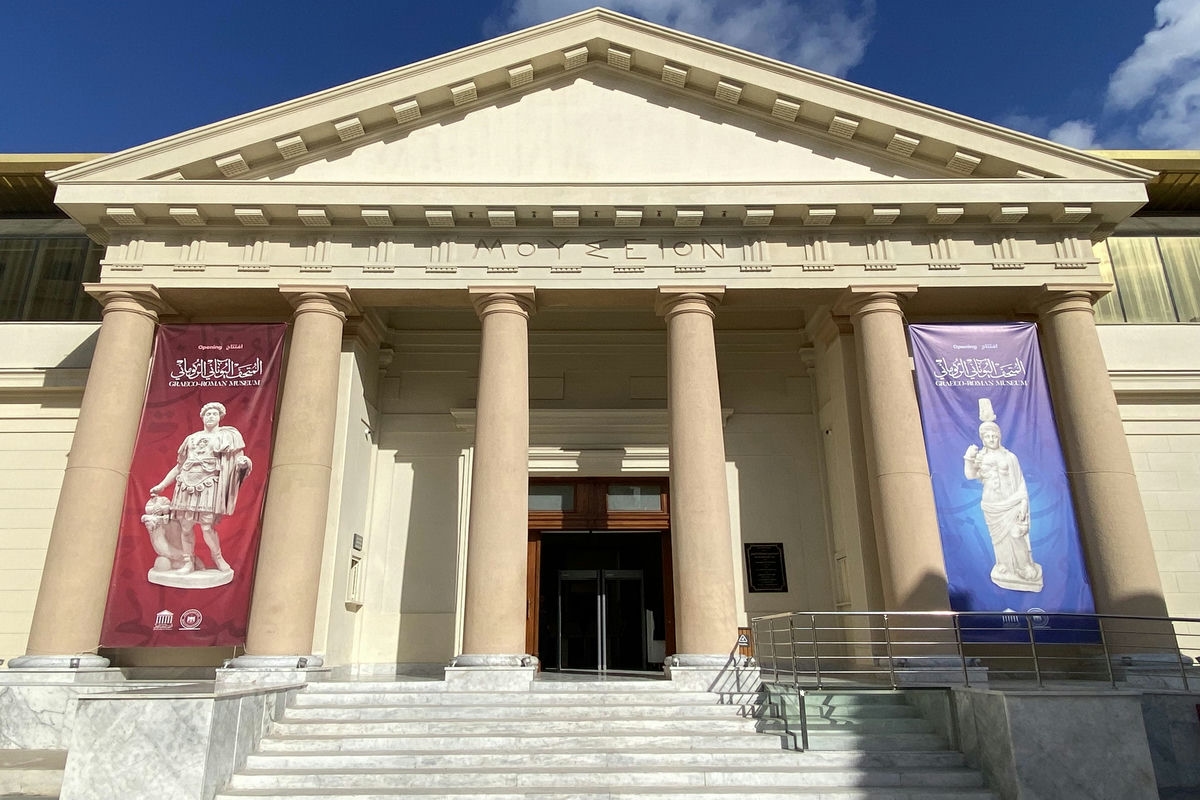
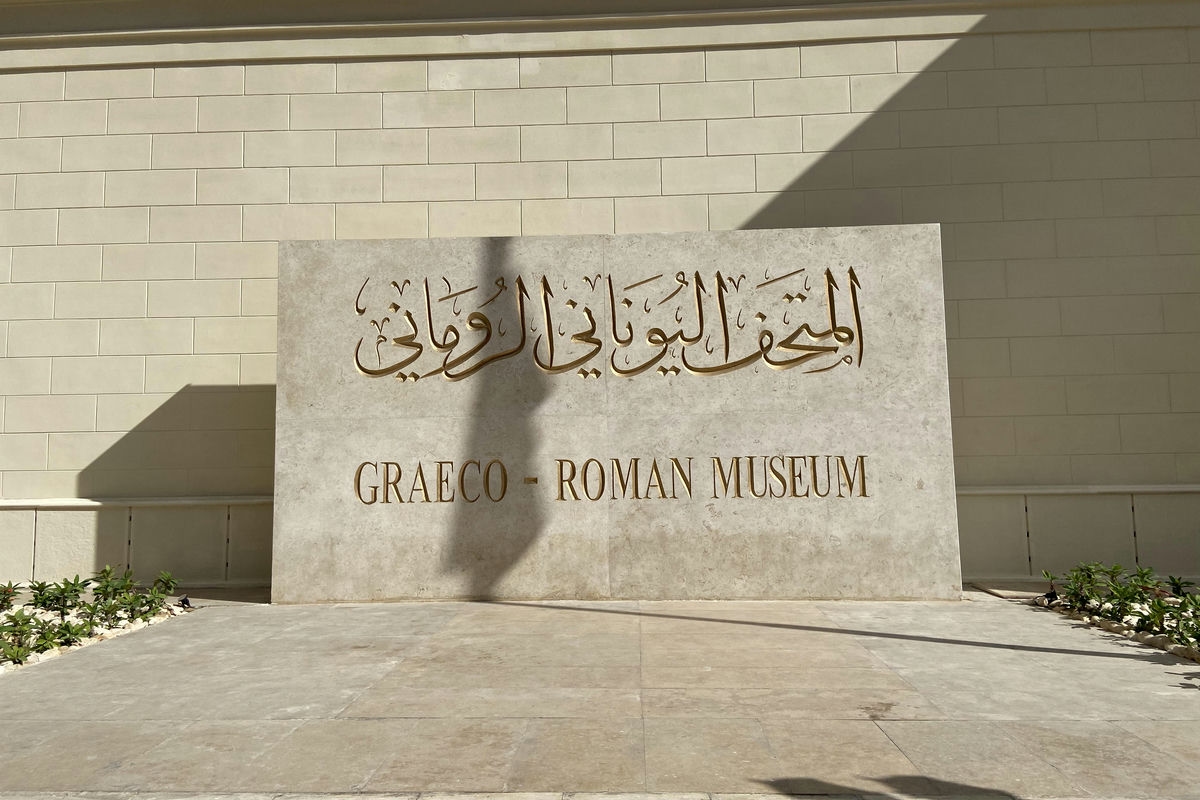

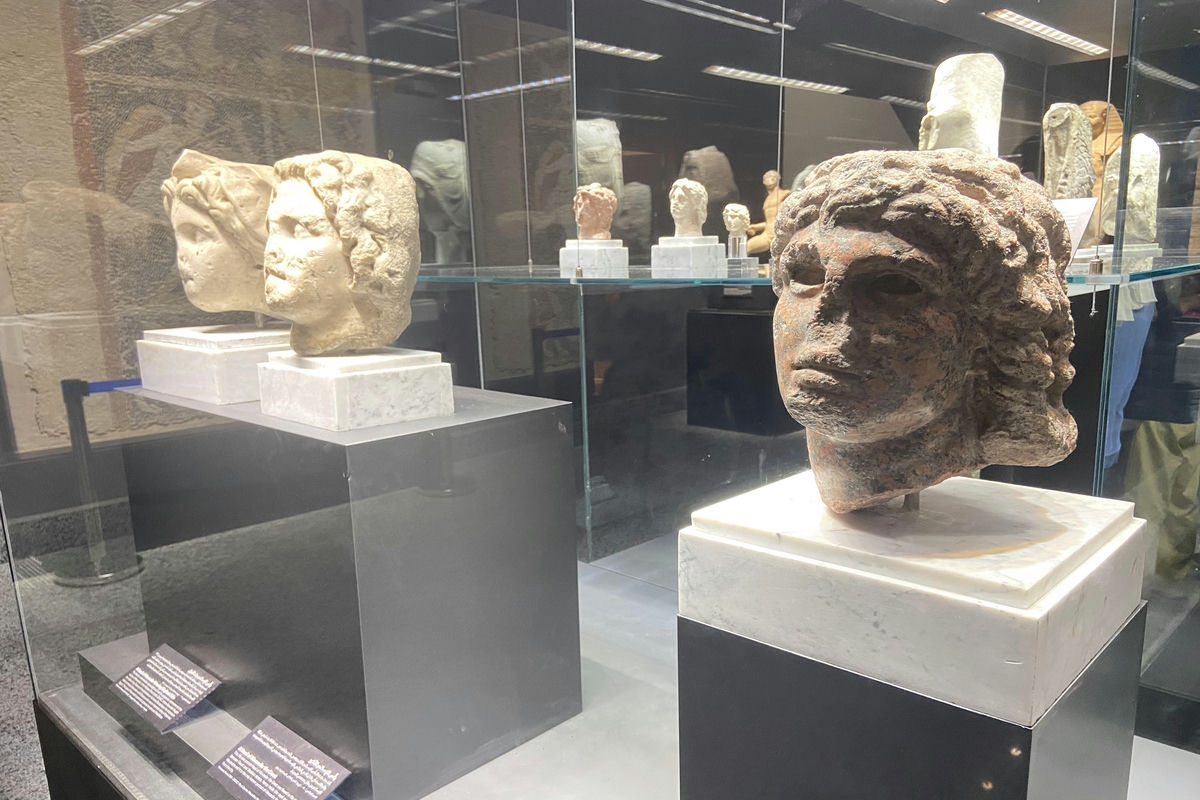
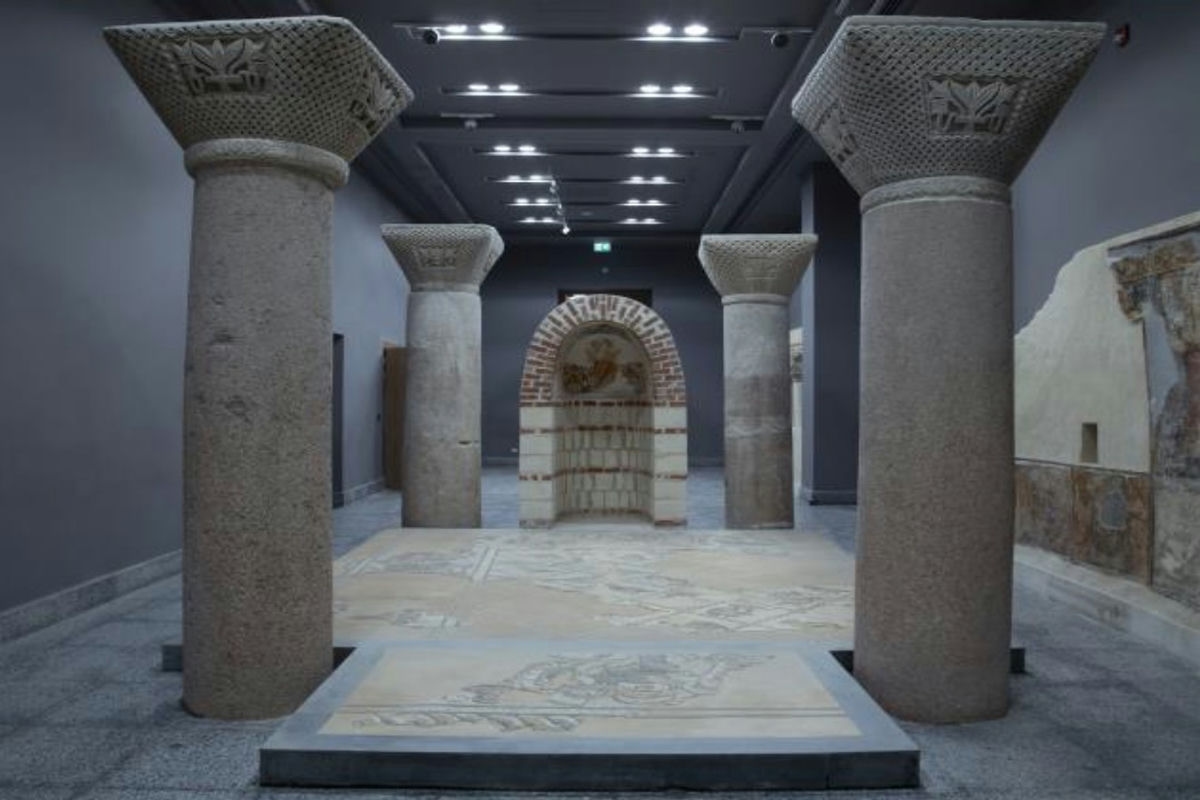
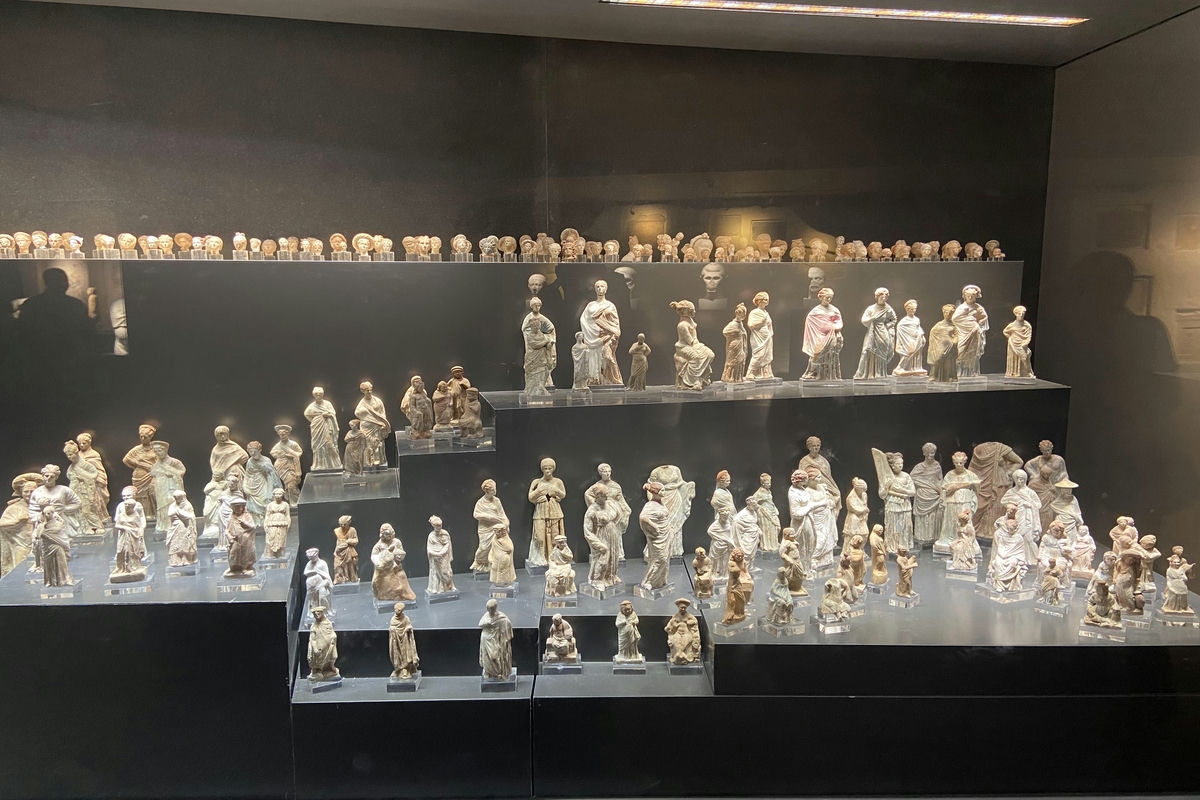

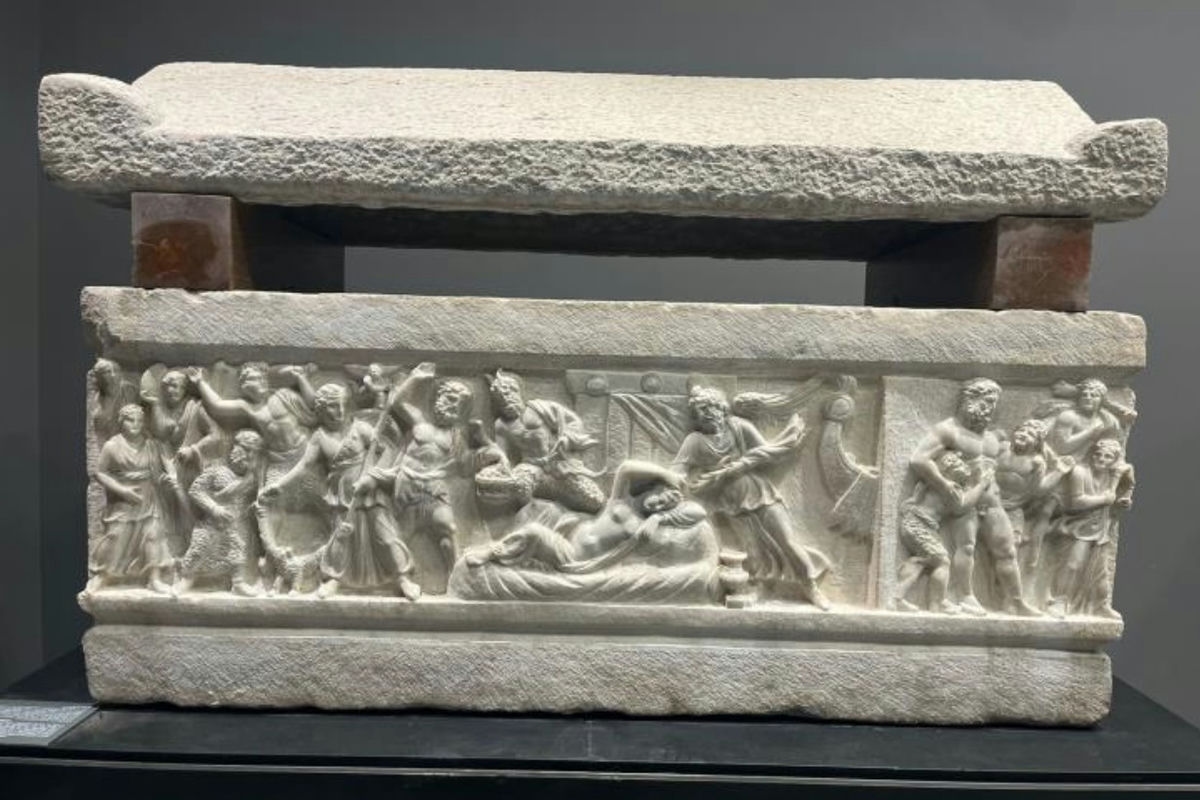
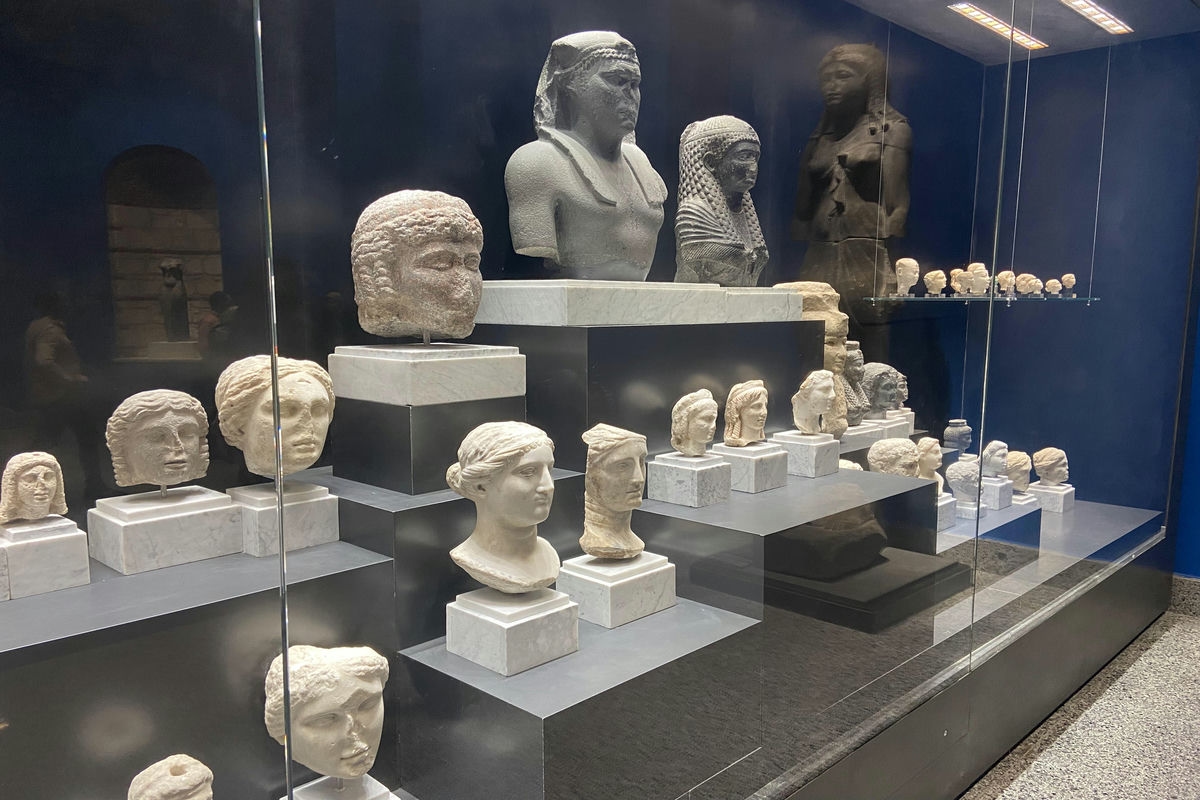

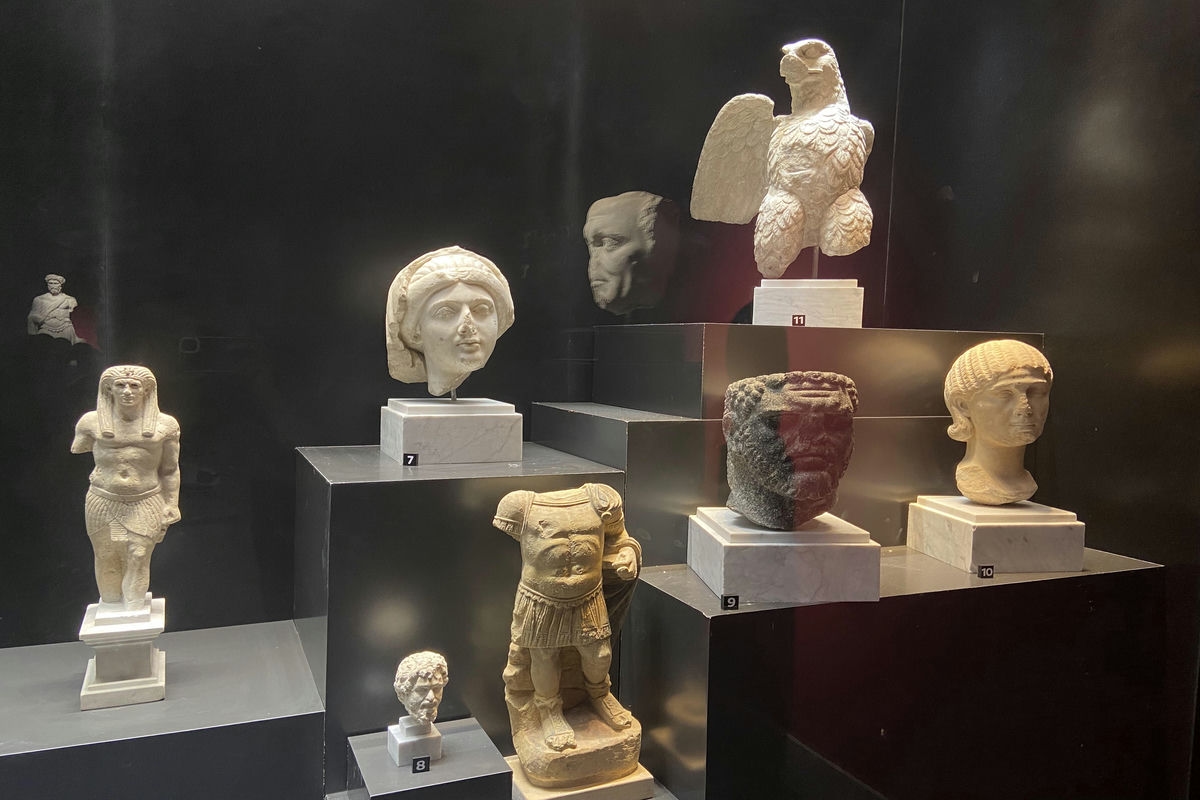
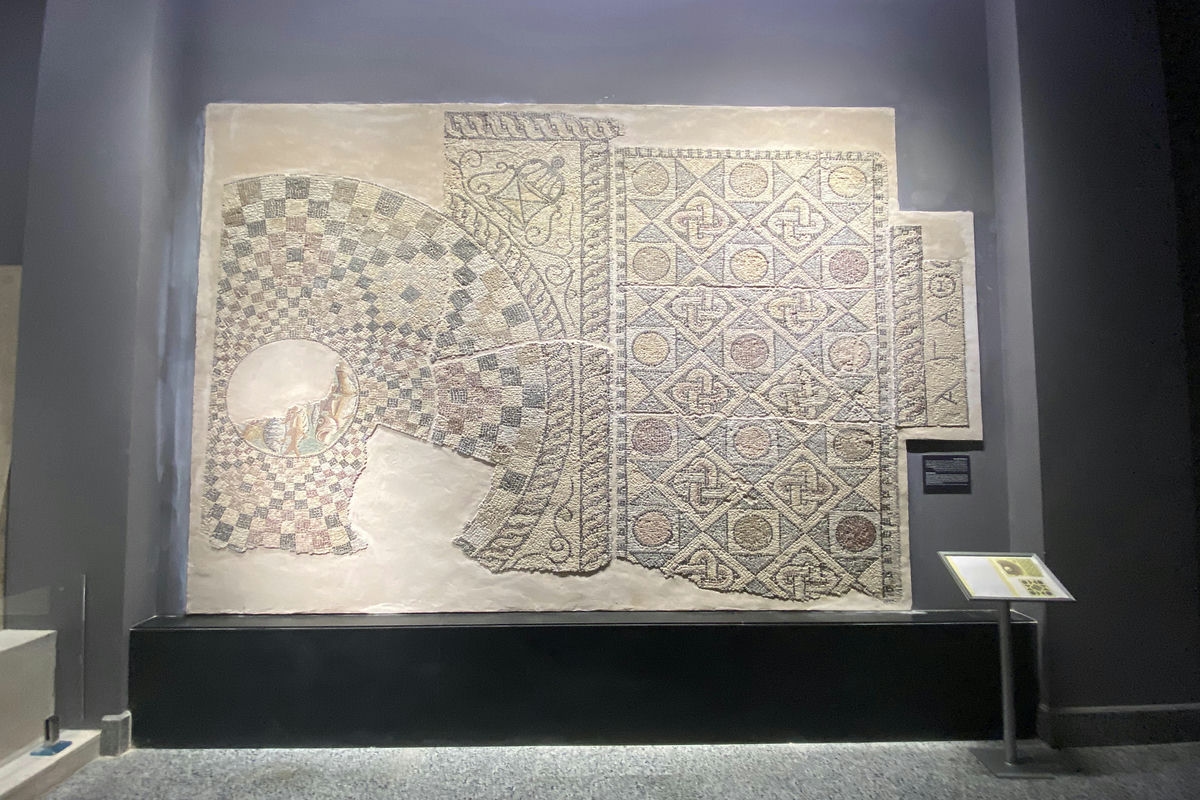
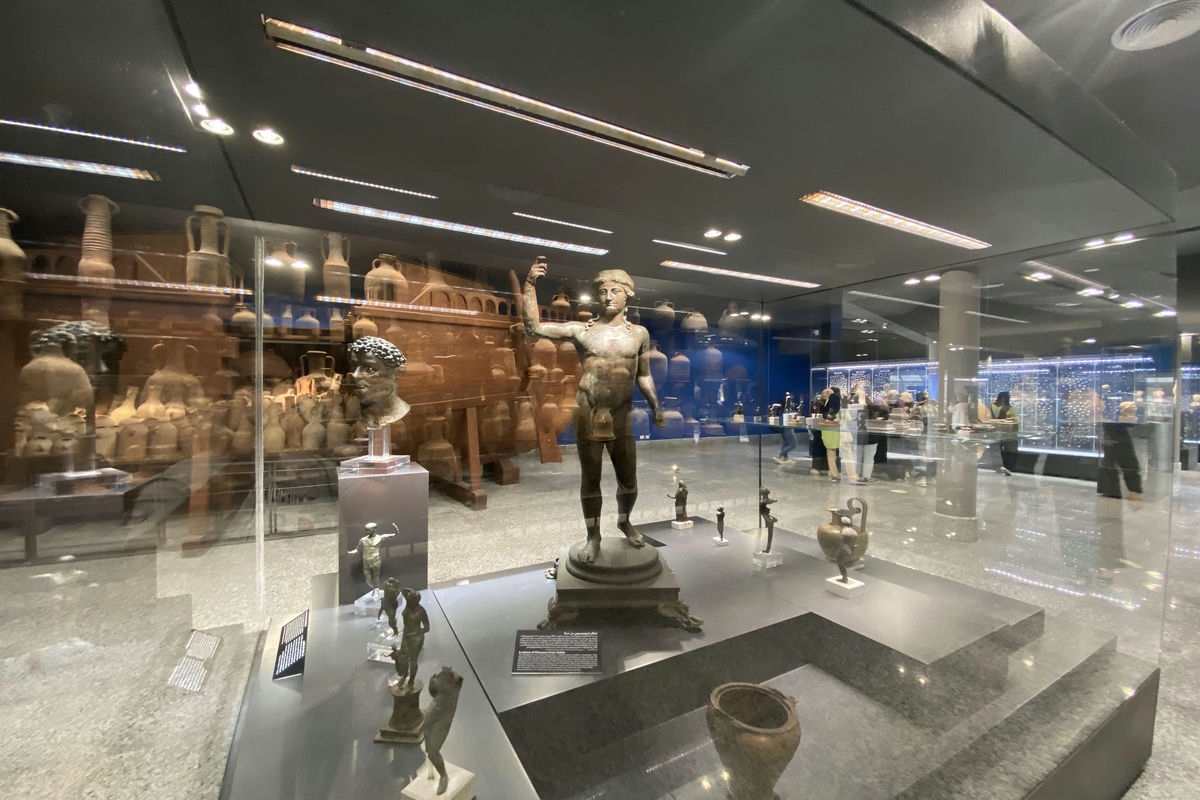
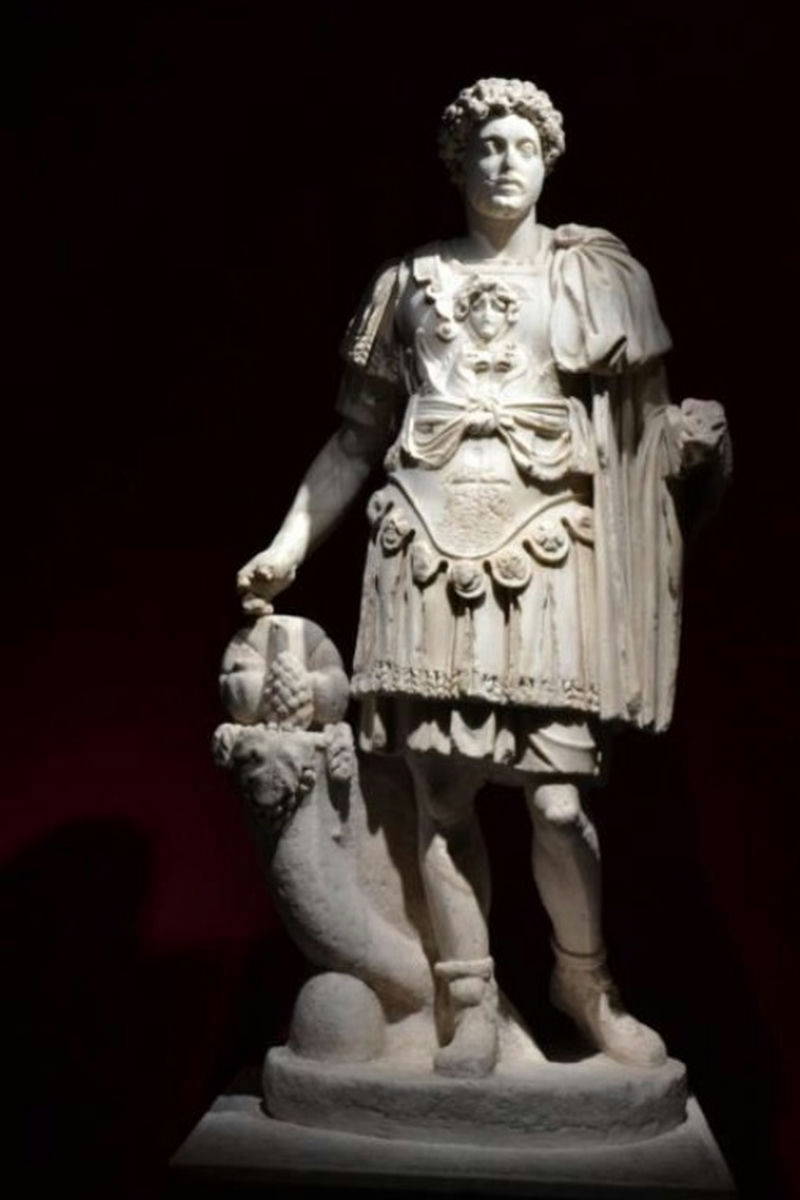
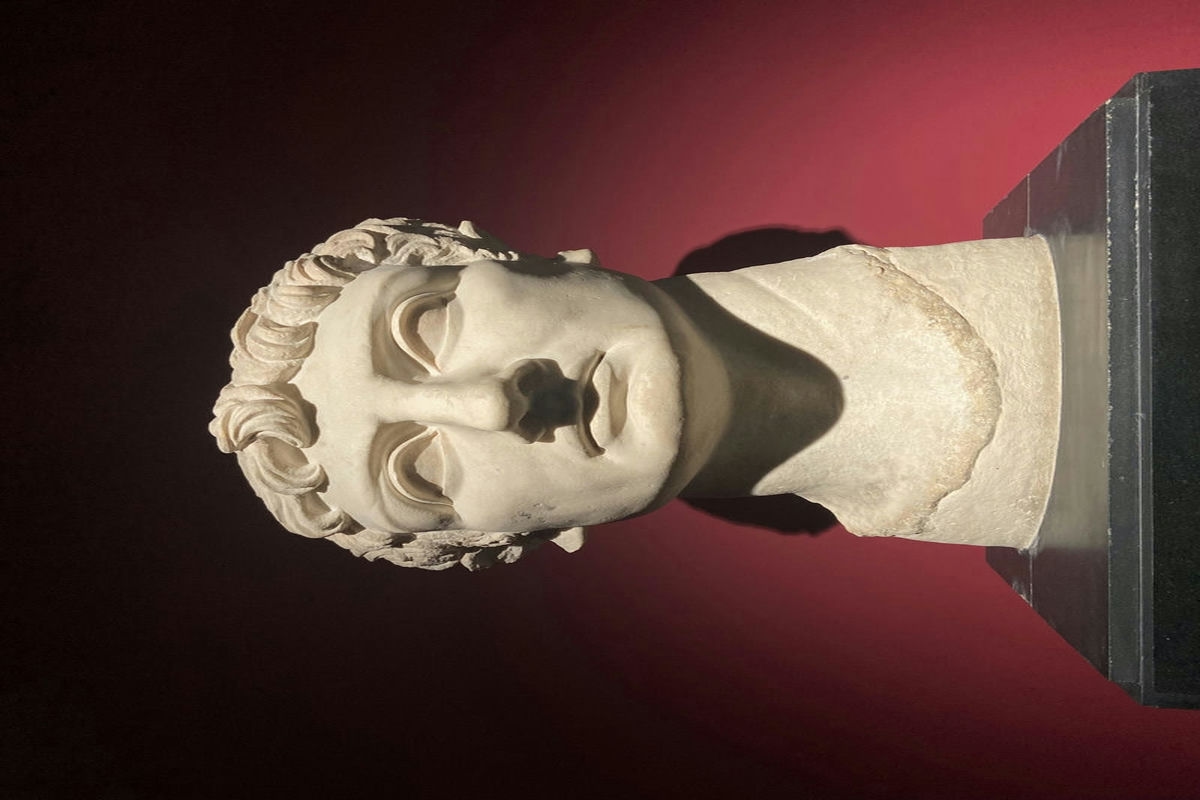


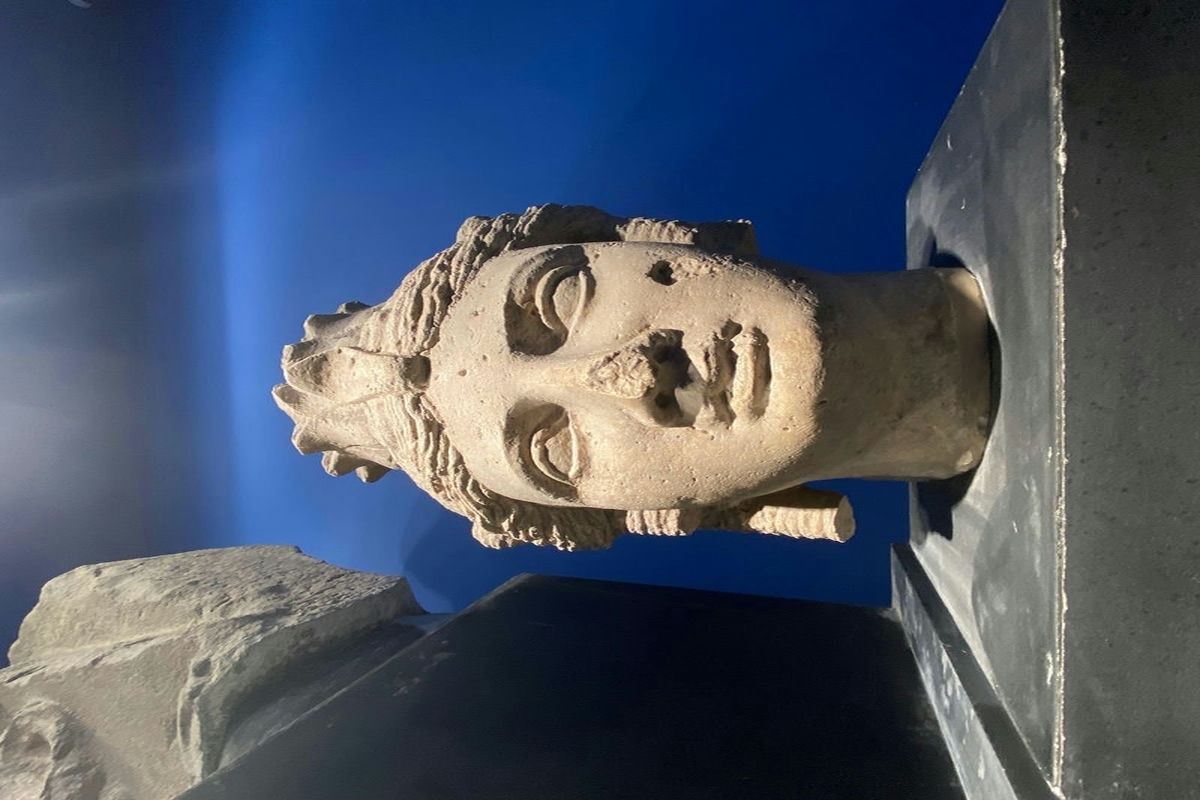

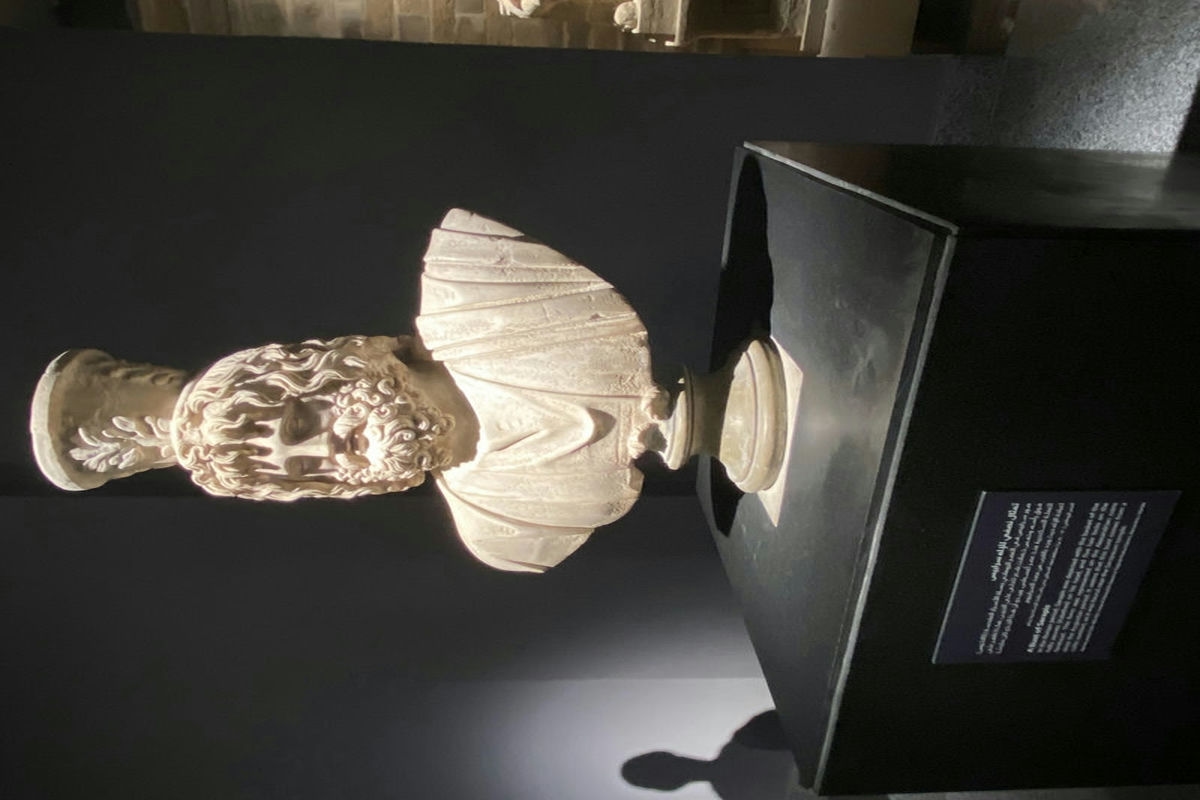



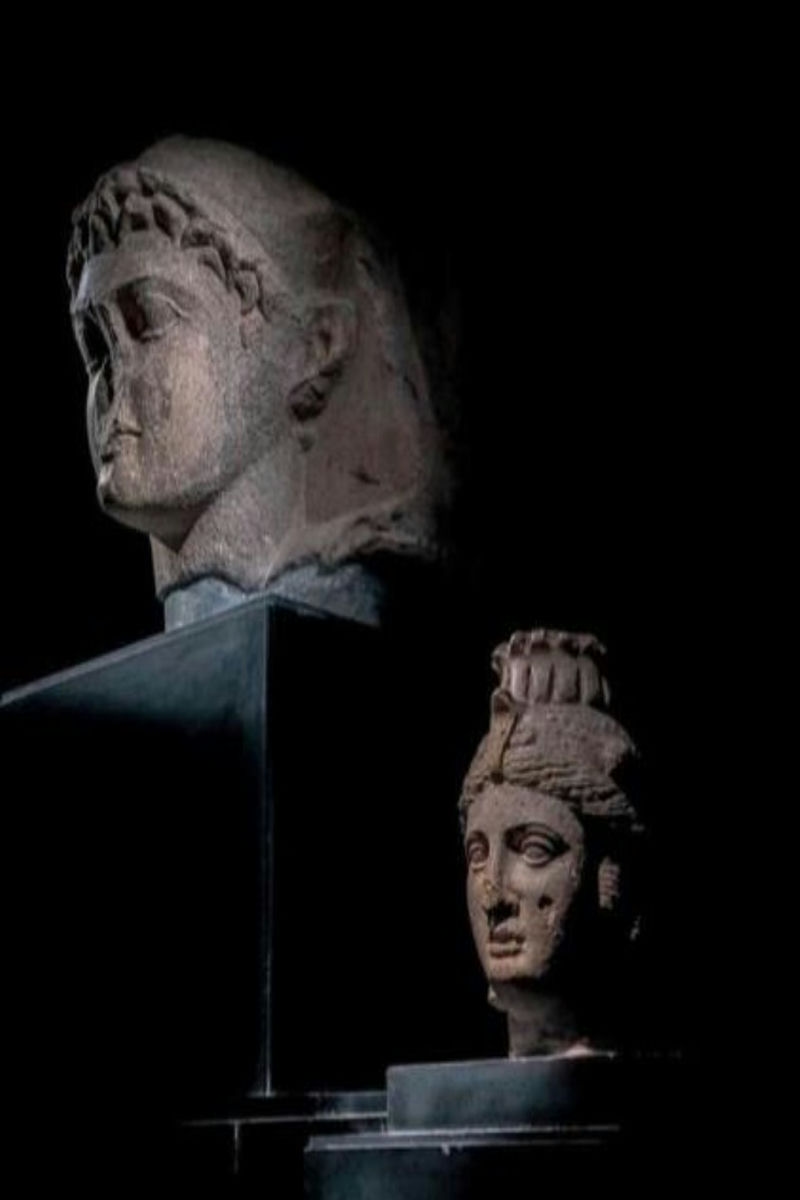
The Greco-Roman Museum is one of the most important and greatest museums in the Mediterranean region, which is located in the oldest main historical street of Alexandria, that cosmopolitan city that is the link between Greece and Egypt in ancient times and had a prominent role in making great contributions to the history of the ancient world due to flexibility and coexistence in peace with all peoples and races arriving through ancient times.
Number of halls: 27 halls on the ground floor and an area representing the first floor extending the total area of the museum and there are laboratories for the restoration of organic and inorganic materials. There is a seminar hall, a lecture hall, a hall for the first founders of the Greek Museum and a library to serve master's, doctoral and postdoctoral students containing the rarest books with 12,000 books. There is also a hall for museum education and educational activities to attract children to the museum through artistic workshops and various activities that are concerned with raising archaeological awareness among children, and there is also a gypsoteca hall in which gypsum models that were gifted to the previous museum administration by museums of the ancient world are displayed.
Number of artifacts on display: - 6000 artifacts.
The holdings of the Greek Museum represent the form of life in Egypt and ancient Alexandria, which was the destination to people as it was the home of science with its ancient cultural entities. New sections were introduced in the museum to serve modern museum thought; to highlight the intellectual and artistic blending between the ancient Egyptian, Greek, Roman, Byzantine and Coptic civilizations. As this blending began before the establishment of the city of Alexandria itself through the city of Necratis.
The holdings of the Greco-Roman Museum display the relationship between Egypt and Greece before and after Alexander the Great, the ruling state and political life in Egypt during the Ptolemaic and Roman eras, the form of Greek and Roman daily life in Alexandria, and the idea of religion and cults in the Greek and Roman eras.
The first floor of the Greco-Roman Museum was occupied with the idea of trade and commerce and Egyptian crafts.
- (3242) Head of Alexander the Great of Alexandria - pink granite
- Wife of King Ptolemy III Orgetis and son of King Magas of Cyrene (Libya) by his wife Abama, she led and ruled Egypt for five years during the Syrian wars between her husband and the Syrian king Antiochus III.
- (21739) Bernici Stela (269-221 B.C.E.) - Tamma al-Amdid (Tamwis) Dakahlia
- (21992) Head of Cleopatra VII (50-30 BC) - Azarita Alexandria - Limestone
- Tanagra Statues
- (24043) Emperor Augustus (80 AD) - Tell Atreb near Benha - Marble
- (3520) Statue of Emperor Marcus Aurelius (161-180 AD)
- The Doctrine of Serapis
- Ariadne's Sarcophagus (Roman period - 2 AD) El-Mex - Alexandria - Paroussi Marble
- (5934) Statue of Emperor Diocletian (284) - 305 AD Attarin - Alexandria - Porphyry
- A huge statue of Emperor Diocletian made of porphyry, which is extracted from the Smoky Mountain area (Red Sea).
- The most important artifacts belonging to Coptic art in the Greco-Roman Museum, simulating the shape of the church built in North Africa with huge columns and distinctive capitals that take the form of baskets.
- (13860) Painting depicting St. Abu Mina - marble
Museum address: Greco-Roman Museum St., from Fouad Street
